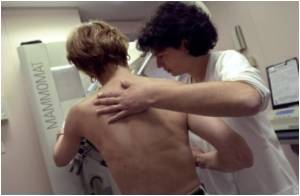A study published in the October issue of Infection Control and Hospital Epidemiology, the journal of the Society for Healthcare Epidemiology of America, uses a

An initial investigation by health care officials revealed that several doctors, nurses and lab technicians involved in Litvinenko's care had trace amounts of Polonium in their urine samples. Though the amounts were no threat to the workers' health, research sought to identify what kinds are care activities place workers at the most risk for radiation exposure, said Olivier le Polain de Waroux, the study's lead author.
Le Polain de Waroux and his team interviewed 37 health care workers, eight of whom had tested positive for Polonium contamination, to find out exactly how they had been involved in Litvinenko's care.
"We found that those involved with routine daily care had a higher risk of radiation contamination," said le Polain de Waroux, who is a researcher with the Health Protection Agency in London and the European Centre for Disease Control and Prevention.
Specifically, the higher risk was associated with the handling of the patient's blood and urine samples, either in the hospital ward or in the lab. In contrast, staff involved with invasive clinical activities carried little risk of contamination, probably because standard clinical practices to avoid infection also helped to prevent radiation exposure, the researchers say.
"Our findings suggest that more attention should be given to infection control practices during daily activities that are not normally considered risky," le Polain de Waroux said. "The study could have implications for managing patient care in general, including to those with other infectious and non-infectious diseases transmitted through similar routes as radiation."
Advertisement
Source-Eurekalert











